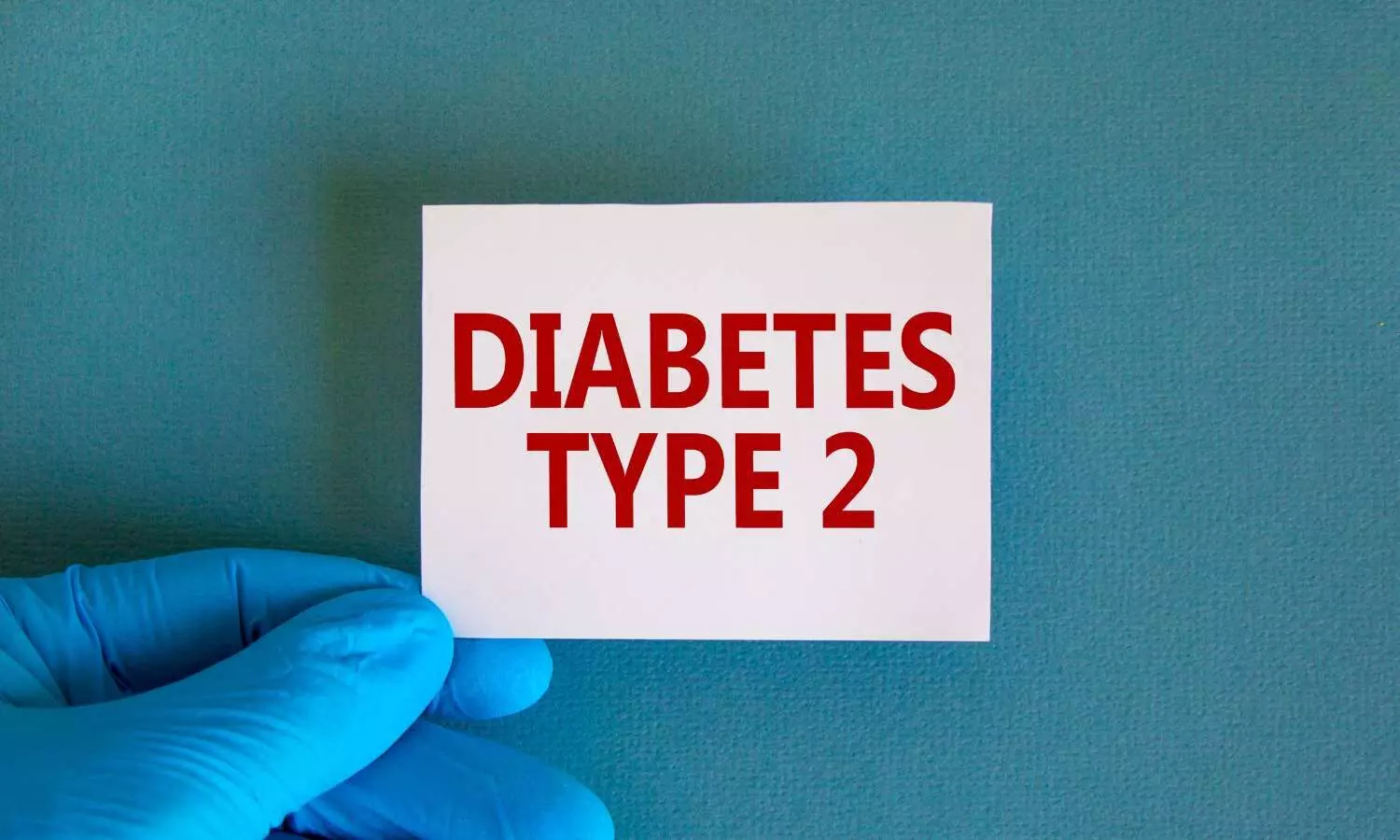At least seven hours of sleep protects against all-cause mortality in sleep apnea patients: JAMA

China: A cohort study of 2574 participants with obstructive sleep apnea (OSA) revealed significantly higher risks of all-cause mortality in individuals sleeping less than 7 hours compared to those with objective sleep duration of at least 7 hours, independent of apnea-hypopnea index (AHI).
“There is a need for further studies to investigate the health benefits of extending sleep length among patients with obstructive sleep apnea and short sleep duration,” the researchers wrote in JAMA Network Open.
Obstructive sleep apnea is a common sleep disorder with several adverse health outcomes, including cognitive decline and cardiovascular disease. Studies have revealed significantly higher all-cause mortality risk among patients with moderate-severe or severe OSA. However, AHI, a traditionally used assessment of OSA severity, was not always found to predict mortality in OSA patients. Therefore, there is a need for other measurements in addition to AHI to identify people with OSA at high risk of poor prognosis.
Sleep duration is the most important biomarker of sleep quantity and affects multiple systems. However, there is no clarity on the association between sleep duration and all-cause mortality among patients with obstructive sleep apnea. Therefore, Yiqi Lin, Shengli Clinical Medical College, Fujian Medical University, Fuzhou, China, and colleagues analyzed data of patients with OSA from the Sleep Heart Health Study (SHHS) and compared all-cause mortality risks in the groups of different subjective or objective sleep duration to determine the association between sleep duration and all-cause mortality in OSA.
The study included 2574 participants with OSA defined by AHI greater than or equal to 15 from SHHS; all of them had data on all-cause mortality. Participants were categorized into four groups with objective sleep duration of (1) at least 7 hours, (2) 6 to less than 7 hours, (3) 5 to less than 6 hours, and (4) less than 5 hours, which was determined by total sleep time on polysomnography (PSG) at baseline.
The risk of all-cause mortality, defined as deaths from any cause, was compared among 4 OSA groups using Cox regression models.
The researchers reported the following findings:
· 2574 participants with OSA were included (63.2% men; mean age, 65.4 years). Overall, 688 all-cause deaths were observed in participants.
· Compared with the group sleeping at least 7 hours, the groups sleeping 6 to less than 7 hours (hazard ratio [HR], 1.53), 5 to less than 6 hours (HR, 1.40), and less than 5 hours (HR, 1.64) had significantly higher risks of all-cause mortality independent of AHI.
· Sensitivity analyses were performed among participants with available data of positive airway pressure treatment during follow-up and the finding was mostly consistent, albeit the HR for the group of 5 to less than 6 hours was not statistically significant.
“Our study reported that participants with OSA with shorter sleep duration were at higher risk of all-cause deaths independent of AHI, compared to those with objective sleep duration of at least 7 hours,” the researchers wrote. “This finding was mostly consistent among participants with available CPAP treatment data during follow-up.”
Interestingly, the researchers found no significant association between all-cause mortality and self-reported habitual sleep duration in OSA.
“There would be a need for further research to shed light on its underlying mechanism and possible health benefits of extending sleep length among OSA patients with short sleep duration by sleep education or other sleep intervention,” they concluded.
Reference:
Lin Y, Wu Y, Lin Q, et al. Objective Sleep Duration and All-Cause Mortality Among People With Obstructive Sleep Apnea. JAMA Netw Open. 2023;6(12):e2346085. doi:10.1001/jamanetworkopen.2023.46085
Powered by WPeMatico



















